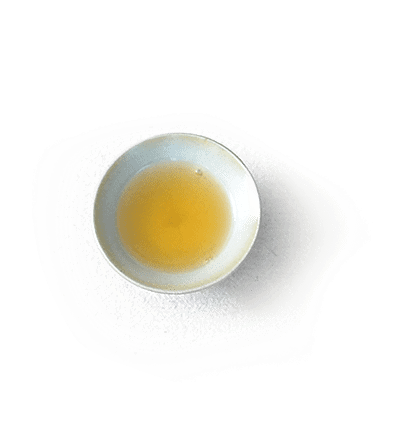

Evolutionary History of Tea Drinking Styles

Maocha Period Tea Cooking with Ingredients

Brewing Tea Period Original Flavor Tea Brewing

Whisking Tea Period Whisking Tea Powder in Bowls

Teapot Brewing Period Brewing Loose Tea in Teapot

Covered Bowl Period Brewing Tea in Covered Bowls

Tea Blending Period Diversified Development

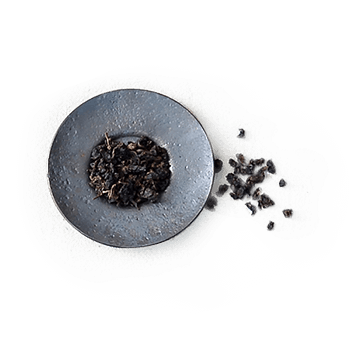
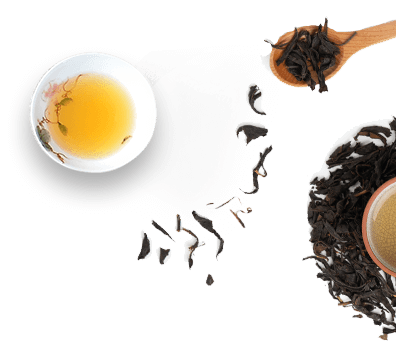
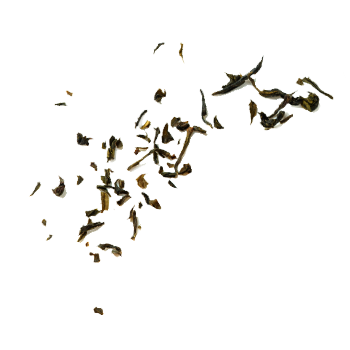


Lu Yu dedicated his lifetime to writing about the intricacies of a single leaf, while Su Shi devoted himself to a lifelong quest in search of a mystical spring. What we are engaged in represents the culmination of countless generations of heritage and collective wisdom.
Two thousand years ago, people in Sichuan, Western Han Dynasty, added rice soup to tea.
About nineteen hundred years ago, people in Hubei and Sichuan added scallions, ginger, and coriander to tea.
A thousand years ago, Su Shi's grandson, Su Zhou, added honey and ice to tea.
Three centuries ago, Europeans added sugar to tea.
Two centuries ago, the Manchus of the Qing Dynasty added flowers to tea.
Three decades ago, Chun Shui Tang innovatively combined tapioca pearls with tea, birthing a diverse beverage that drew inspiration from the ancient practice of incorporating various ingredients.
In the spring of 1987, a tea shop hung a sign for Bubble Tea on its wall, marking the dawn of the "Bubble Tea Era".


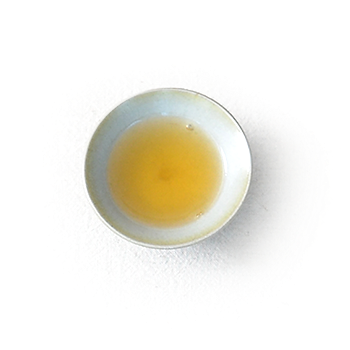



The Prelude to the Cold Drink Revolution - The Invention of Bubble Tea
The father of the founder, Mr. Liu, Han-Chieh, held a steadfast belief in the authenticity of tea drinking, advocating for the use of small purple clay pots and 15-milliliter eggshell ceramic cups specifically for brewing oolong tea and Tieguanyin.
Before his thirties, the founder visited Japan, South Korea, Singapore, and Malaysia to observe how locals drank tea while simultaneously studying the development history of Chinese tea culture. He couldn't help but wonder why people couldn't drink tea like they did during the Tang and Song dynasties.
Having authored books on tea, the founder was inspired to venture into business. Upon returning from Osaka, Japan, where he had observed ice coffee brewing techniques, he decided to introduce them to Taiwan. It was summertime, and craving iced black tea, he encountered resistance from the service staff, who insisted that only coffee could be brewed cold. Undeterred, he returned with a drink blender (a shaker bottle), convinced that if he could brew coffee, he could surely brew tea.
Cold tea became widely accepted because of its simplicity and original taste. Initially, many people came out of curiosity, yet they swiftly found themselves captivated by the authentic taste. In the past, iced black tea in Taiwan was often brewed in large barrels, sometimes even mixed with Chinese herbal medicine, quenching thirst but lacking flavor.
Upon grasping the nuances of cold black tea and honing the brewing technique, its flavor and fragrance surpassed even that of oolong tea. Served over ice cubes and sweetened with cane sugar to perfection, poured delicately from the shaker bottle into a glass, the tea's aroma mingling with the frothy foam conjures a captivating spectacle akin to a myriad of snowdrifts, evoking a stirring of emotions within.
As the tea cascades into the mouth at a crisp four degrees Celsius, it gradually warms, releasing the rich aroma of black tea that permeates the senses. With each sip, as the ice cubes are chewed, delicately removing the remnants of sweetness, one is left to ponder: how can such a delightful and flavorful experience be encapsulated? Thus, it was christened “Foam Black Tea”.
Originally, this sweet aftertaste and charming aroma could only be found in tea brewed in small pots. However, after transforming into cold tea, it was not only accepted by those unfamiliar with tea but also embraced by tea connoisseurs.
During this period, high-grade semi-fermented tea was thriving in Taiwan. Nonetheless, the emergence of cold tea had already ignited a frenzy, spreading swiftly from Taichung and captivating the nation, with many imitators following suit. In 1987, cold tea shops sprung up in Taichung. Within a mere 100 meters of the renowned “Yangxian Tea Shop”, ten similar establishments sprouted up, forming a bustling cluster. This marked the dawn of a new era for tea, characterized by innovation and experimentation. Cold tea swiftly evolved into an essential part of daily life, sparking a global phenomenon that would come to be known as the bubble tea craze.


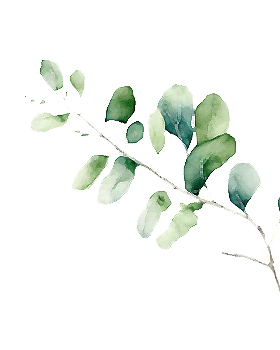
Chun Shui Tang's Commitment to Tea Quality
Research & Development

At Chun Shui Tang, we uphold the highest standards with the most experienced hands, ensuring consistency in quality.
Quality Assurer

Supreme Quality Beverages
Tearista

Professional and Attentive Services
Quality Assurance

Excellence in Stable Quality

While the tea industry is undoubtedly ancient,
often perceived as a sunset industry on the verge of disappearance,
we believe that with innovative thinking, even the oldest of industries can experience a renaissance,
injecting new life into its timeless legacy.








